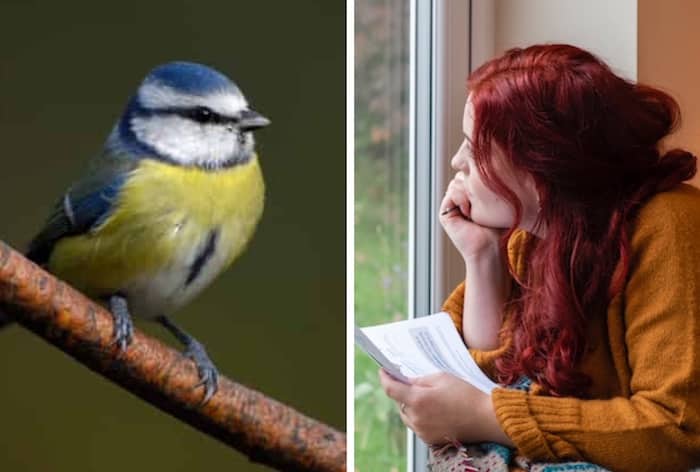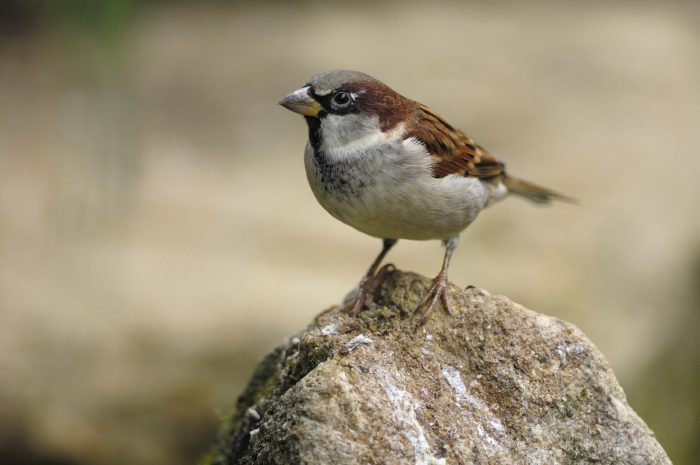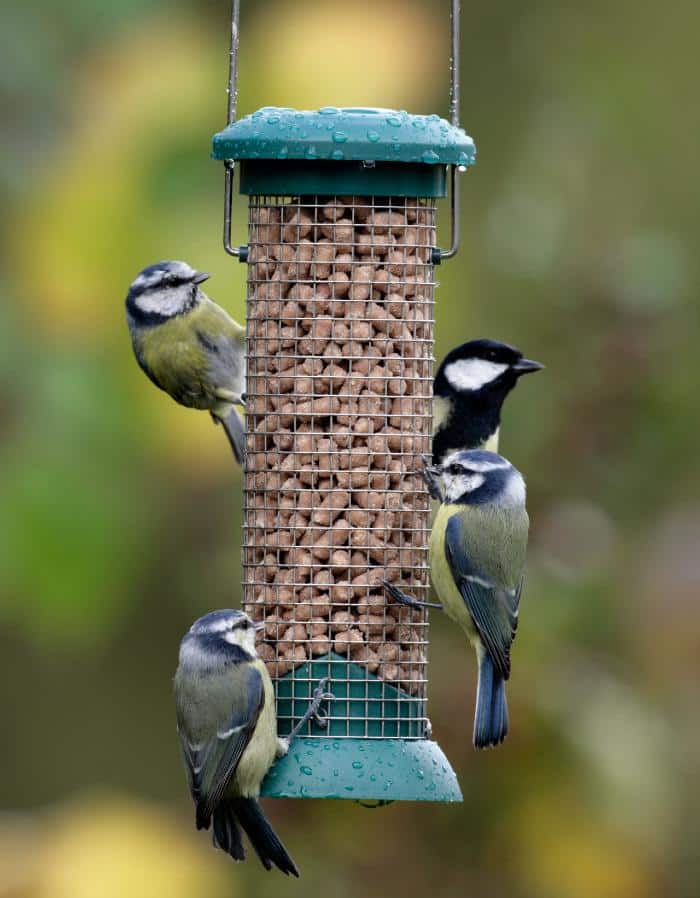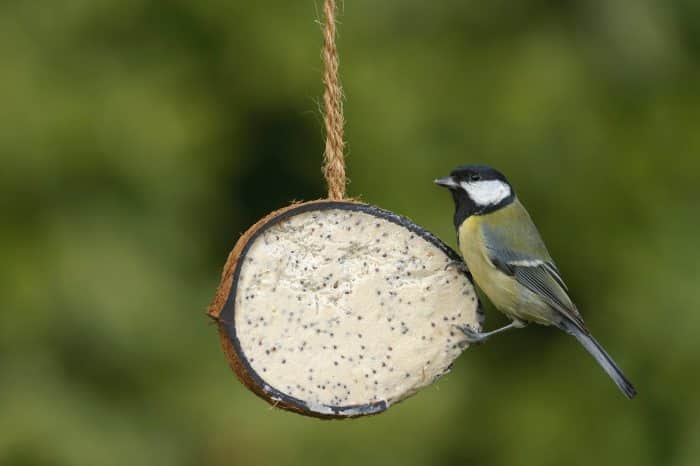20,000 locals took part in Big Garden Birdwatch – and there’s a new chance soon
- Written by I Love MCR
- Last updated 3 years ago
- Family & Kids

Now in its 43rd year, RSPB’s Big Garden Birdwatch is a chance for people of all ages to count the number of birds that visit their garden helping the RSPB get a snapshot of how they are doing.
This year almost 700 thousand people across the UK took part, counting more than 11 million birds, with almost 20,000 people taking part across Greater Manchester.
In Greater Manchester, the house sparrow took the top spot, followed closely by starling and woodpigeon.

In the UK, jay moved up nine places to number 23, an increase of 73% compared to 2021 numbers.
Each autumn, jays, a colourful member of the crow family, can often be seen flying back and forth finding and hiding acorns to help see them through the winter.
These are then hidden in the cracks and crevices of trees, but also in leaf litter on the ground.
An individual jay can store around 8,000 acorns each year and many remain buried to grow into oak trees.
“We don’t know the reasons for the sudden increase in jay sightings this year,” said the RSPB’s Chief Executive, Beccy Speight.
“It may be down to food availability as we have reports that last year was poor for acorns, but whatever the reason a sighting of this stunning bird is enough to raise one’s spirits any day of the year let alone on a gloomy January weekend.
“It’s been brilliant to see so many people taking part again this year, taking time out to watch and reconnect with birds and then generously submit their sightings to help RSPB scientists gain some insights into how our garden birds are faring.”

Big Garden Birdwatch results also found a small increase in greenfinch compared to 2021.
This gives scientists a glimmer of hope that this might be the first signs of a population recovery, but only time will tell.
In recent years the greenfinch has suffered a population crash (62% since 1993) caused by a severe outbreak of the disease trichomonosis and as a consequence the species was added to the UK Red List last year.
This infection is spread through contaminated food and drinking water, or by birds feeding one another with regurgitated food during the breeding season.
Garden owners can help slow transmission rates by temporarily stopping the provision of food if ill birds are seen and making sure that garden bird feeders are cleaned regularly.
The house sparrow remained at the top of the Big Garden Birdwatch rankings as the most commonly seen garden bird with more than 1.7 million recorded sightings throughout the weekend.

Blue tit and starling remained in the number two and three positions in the UK respectively.
Over its four decades, Big Garden Birdwatch has highlighted the winners and losers in the garden bird world. It was first to alert the RSPB to the decline in song thrush numbers, which are still down 81% compared to the first Big Garden Birdwatch in 1979.
This species was a firm fixture in the top ten in 1979. By 2009, its numbers were less than half those recorded in 1979, it came in at 20 in the rankings this year, seen in just 8% of gardens.
“Connecting with nature doesn’t have to stop with Big Garden Birdwatch,” said Beccy.

“Spring sees the return of nature’s biggest music festival, the dawn chorus, with national and international stars coming together to perform their biggest hits right on your doorstep.
“Open your back door, a window or simply step outside and listen.
“Share your dawn chorus experience with us on social media using #DawnChorusDay.”
Dawn Chorus Day takes place on Sunday 1st May 2022. The RSPB will also be hosting special Dawn Chorus events on its nature reserves. Find out more at rspb.org.uk/dawnchorus.
- This article was last updated 3 years ago.
- It was first published on 13 April 2022 and is subject to be updated from time to time. Please refresh or return to see the latest version.
Did we miss something? Let us know: [email protected]
Want to be the first to receive all the latest news stories, what’s on and events from the heart of Manchester? Sign up here.
Manchester is a successful city, but many people suffer. I Love Manchester helps raise awareness and funds to help improve the lives and prospects of people across Greater Manchester – and we can’t do it without your help. So please support us with what you can so we can continue to spread the love. Thank you in advance!
An email you’ll love. Subscribe to our newsletter to get the latest news stories delivered direct to your inbox.
Got a story worth sharing?
What’s the story? We are all ears when it comes to positive news and inspiring stories. You can send story ideas to [email protected]
While we can’t guarantee to publish everything, we will always consider any enquiry or idea that promotes:
- Independent new openings
- Human interest
- Not-for-profit organisations
- Community Interest Companies (CiCs) and projects
- Charities and charitable initiatives
- Affordability and offers saving people over 20%
For anything else, don’t hesitate to get in touch with us about advertorials (from £350+VAT) and advertising opportunities: [email protected]


Bury’s opera star Soraya Mafi on her love for Manchester and The Magic Flute

Lowry’s most iconic painting becomes a thrilling immersive experience


















